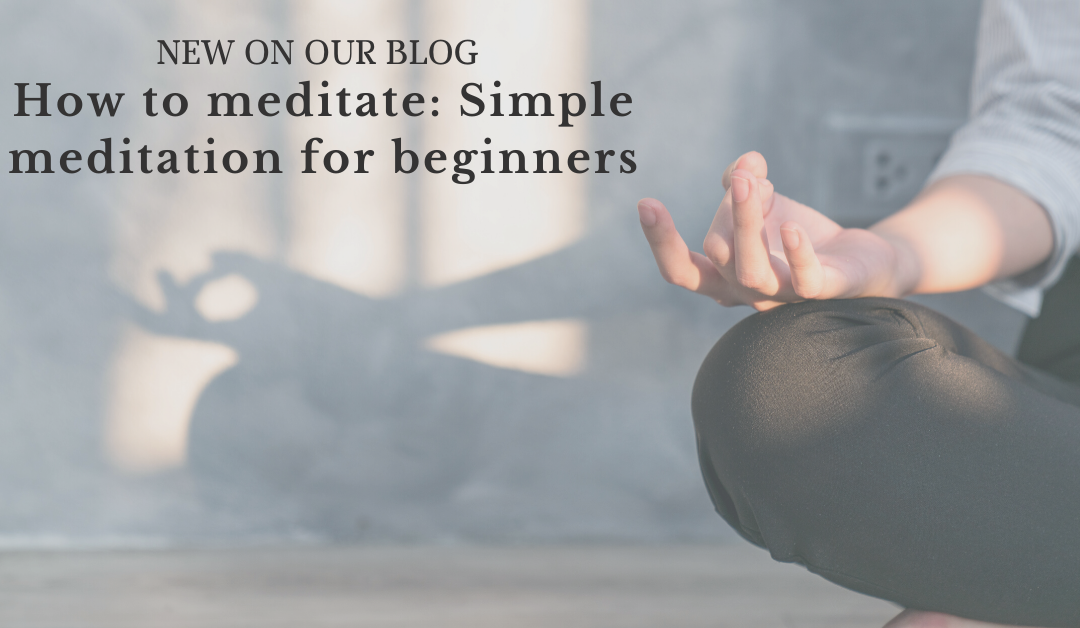
by Sara Hart | May 21, 2020 | Blog
Adults learn best through experience. Think about it – how often do you search YouTube or Google for how-to tutorials? It’s much easier to complete and master a task once you’ve seen how it’s done. At South Bay, we recognize this, and we infuse this thinking into our Early Intervention services. Going through a new experience – especially when it comes to raising a child with a developmental delay – can be stressful and scary. We understand, and our clinicians are here to help you every step of the way, as it’s a collaborative effort between the clinician and the parent. Below, we offer tips on how parents can ensure they’re actively engaging in intervention strategies, allowing their child to have the best possible beginning.
Engage in affectionate and nurturing interactions.
Holding, singing, rocking or talking to infants are interactions that might seem natural to parents. But, these exchanges are more fundamental to a child’s development than one might know. These connections provide your child with the stimulation his or her growing brain needs. Positive interactions send messages to your baby that he or she is valued. As a result, your child will grow up knowing to treat others in …

by Sara Hart | Apr 16, 2020 | Blog
At South Bay Community Services, we’re thankful that social distancing does not mean social isolation. In this digital era, we are able to (virtually) connect with and serve our clients through telehealth services. As we adjust to this new normal during the pandemic, it’s natural for questions to arise. Below, we dive into everything you need to know about telehealth services, so you can continue (or begin!) your journey toward recovery with South Bay.
What is telehealth?
During this period of quarantine, we are able to use telecommunications and virtual technology to provide our clients with the same high-quality care and services they have received in the past.
What do I need to use South Bay’s telehealth services?
All you need is a computer, tablet or phone.
How does it work?
You will be sent a link for the video session. All you have to do is click on it when your session is scheduled to start and dial the call-in number and your personal identification number. If available, you can use the camera and audio on your device.
If you do not have an email address, no worries. Your clinician will provide you with a secure call-in number with …

by Sara Hart | Mar 25, 2020 | Blog
As a society, we’re experiencing truly unprecedented times together. With the outbreak of the coronavirus (COVID-19), our normal daily schedules have been completely altered. Social distancing may be our best way to prevent further spreading of COVID-19, but we realize that at times, this can be a difficult process. South Bay wants to encourage you to take some time and find ways to best cope with stress and anxiety while practicing social distancing. Below we’ve outlined ways you can continue to care for your mental health during isolation.
Take a short break from the news
We understand that paying attention to news updates is more important than ever at this time, and you should stay informed. However, we encourage you to take some time away from your television, computer or phone screen each day. Listening to news cycles and scrolling through social media for long amounts of time can be upsetting and unhealthy. Read a book, try a new recipe or take on a new project at home to pass the time.
Take care of your body
Take breaks throughout the day to go on a walk or exercise in your home. When you begin experiencing feelings of stress or …

by Sara Hart | Feb 26, 2020 | Blog
When tragedy strikes, we stop to reflect on life and the realization that any moment could be your last day to spend time with a loved one or family member. Coping with the loss of someone or something you love and admire is one of life’s biggest struggles, but everyone deals with feelings of grief in different ways – and that’s completely normal. Below, we break down a few common myths surrounding the grieving process.
Myth #1 – If you don’t cry, you’re heartless.
Although crying is a recognizable sign of sadness, it’s certainly not the only one. People express pain in many different ways, and just because you don’t outwardly show it, doesn’t mean you feel nothing. It is valid to express your emotions in whatever way you see beneficial for you throughout the grieving process.
Myth #2 – The pain will go away if you ignore it.
Choosing to avoid emotional pain could only allow it to fester and become worse. For true healing to take place, try confronting your pain and proactively dealing with it. Consider talking through your emotions with a clinician, family member or friend if you feel that the burden is too heavy to …

by Sara Hart | Jan 13, 2020 | Blog
As we begin a new year and a new decade, we encourage you to establish healthy coping mechanisms that you can use to ease the stress of the daily struggles life throws at you. If you haven’t given meditation a try, we strongly suggest it! Many first-time meditators find it difficult to focus and find it strange to sit in silence. However, with a little practice, meditation is a wonderful way to calm your mind and to feel at ease. Below, we offer a few tips on how to get started.
Step #1 – Find a quiet space
First, find a quiet area in your home, office, car or wherever you’re comfortable. If a completely silent atmosphere is uncomfortable for you, play meditation music on your phone or turn on a white noise machine. Before beginning, it may be beneficial to set an alarm on your phone to avoid having to check the clock.
Step #2 – Focus on your body and breathing
Close your eyes and take two deep breaths to begin. It’s important to mentally scan your body for areas of comfort, discomfort and tension. While doing so, take deep breaths in and out – familiarize yourself with …





